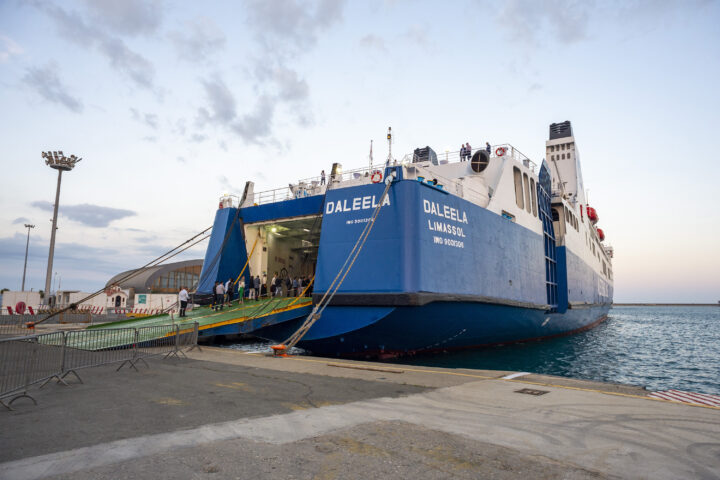The outlook on Oman's banks remains stable, Moody's Investors Service said in a new report that reflects a combination of positive and negative factors.
The positives include Oman's improved operating environment; the banks' solid capitalisation under Moody's base-case and stress-case scenarios; stable funding bases and high liquidity buffers; low levels of non-performing loans (NPLs); and an expectation of adequate earnings, despite higher operating costs.
The negative factors are continued high credit risks due to single-party exposures, as well as the banks' limited geographic diversification and reliance on the oil-dependent domestic economy.
"We forecast that Oman's real GDP will likely to expand by 2.9% in 2011, fuelled by high oil prices and increased oil production, whilst accelerated public spending will also stimulate economic growth outside the oil sector," explained Elena Panayiotou, a Moody's analyst.
"The improved operating environment will support banks' asset quality, drive credit growth — likely to be between 10%-15% over the outlook horizon — and increase bank revenues. Moreover, non-performing loans will likely remain at low levels over the outlook period, at 3%-4% of total loans," she adds.
The stable outlook is also underpinned by the sector's solid capitalisation buffers. The system had a combined Tier 1 ratio of 13% as of December 2010, a sufficient cushion to absorb expected credit losses.
The banks' earnings-generating capabilities are adequate, with pre-provision earnings to average assets likely to approximate 2.5% during 2011. Profitability will likely be supported by healthy interest margins, moderate credit growth, low provisioning requirements and an efficient cost base, despite rising staff costs.
"In our view, liquidity reserves are significant, with liquid assets amounting to 25% of total assets. The deposit-funded system will continue to benefit from strong ties with the Omani government, which contributes around 30% of sector deposits, forming a stable, although concentrated, funding source," said Panayiotou.
However, Moody's also notes that credit risk remains high, due to the elevated single-party exposures and exposures to the construction and real-estate sector, which is showing signs of distress. In addition, the concentrated nature of private wealth in Oman and the small size of the banking system (US$ 41 bln) raises the risk of contagion between banks in case of a corporate default, because large private and corporate customers typically have exposures to several banks within the system.






